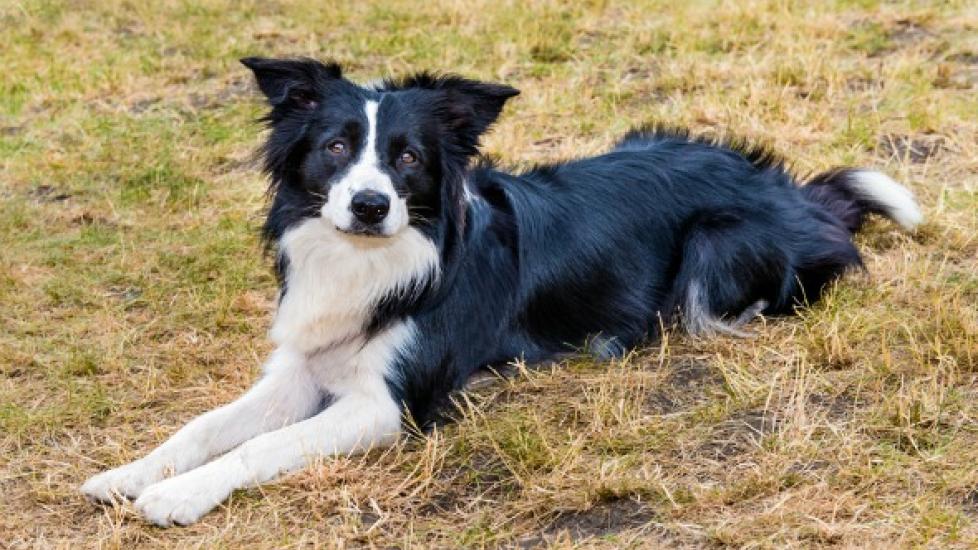Skin Blisters and Pustules in Dogs
Bullous Pemphigoid in Dogs
Bullous pemphigoid is an uncommon skin condition that affects dogs, and is characterized by the appearance of fluid or pus filled blisters, and severe open sores on the skin and/or mucus-lined tissue of the mouth. Bullous pemphigoid requires initial aggressive treatment, and may be fatal if left untreated.
Some breeds, such as collies, Shetland sheepdogs, and Doberman pinschers are believed to be at the highest risk.
Symptoms and Types
Bullous pemphigoid is found in two forms: the common blister (bullous) form and the relatively rare long-term (chronic) form. The bullous form is characterized by open sores, short-term blisters, and circular lesions on the top layer of skin. Called epidermal collarettes, they are characterized by peeling edges, are circular in shape, and have a rim. The onset is often sudden and severe, and distribution of these symptoms is widespread across the head, neck, abdomen, groin, feet, and mucous membrane (the moist tissues lining the nose and mouth). Dogs that are severely affected may also exhibit lack of appetite (anorexia) and depression.
Causes
Bullous pemphigoid is an autoimmune disease. It occurs when the body creates an antibody that attacks the cells of the body. The body is, in effect, attacking itself. Referred to as an autoantibody, this specific type is known as the pemphigoid antibody. It is directed at the skin under the surface (membrane) or at the inner mucus linings of the body, and causes a blister formation below the skin. Sunlight may worsen the condition.
Diagnosis
A variety of tests may be used to diagnose bullous pemphigoid. An examination (biopsy) of the lesions, of the tissue and fluid in the blisters, is the first step. Urine tests, and bacterial cultures may be taken to check for secondary infections caused by the entrance of bacteria. Other tests that your veterinarian decides to do are dependent on additional symptoms that may suggest alternate diagnoses. For example, other possible diagnoses may include fungal infection, or exposure to toxic substances.
Treatment
Treatment varies depending on severity of symptoms and the possibility of secondary infection, due to bacterial infection for example. Bullous pemphigoid condition requires immunosuppressive agents, which slow or halt the immune system’s activity, and gentle cleansing soaks with antibacterial shampoo and water. Antibiotics may be necessary to treat bacterial infections that develop as a secondary result of this skin condition. Continued hospital treatment is only necessary if serious symptoms remain throughout the body (systematic) or secondary infections occur. Even with prompt and effective treatment, the long term prognosis for this disease is not good.
Living and Management
Dogs with bullous pemphigoid should be monitored frequently to observe the progression of the disease or for medication related side effects, such as a weakened immune system (a condition known as immunosuppression). Keep patients out of sun, as ultraviolet (UV) light may worsen lesions.
Prevention
Since UV rays may worsen the condition, avoiding excessive sun would be best for your dog until treatment has finished.
